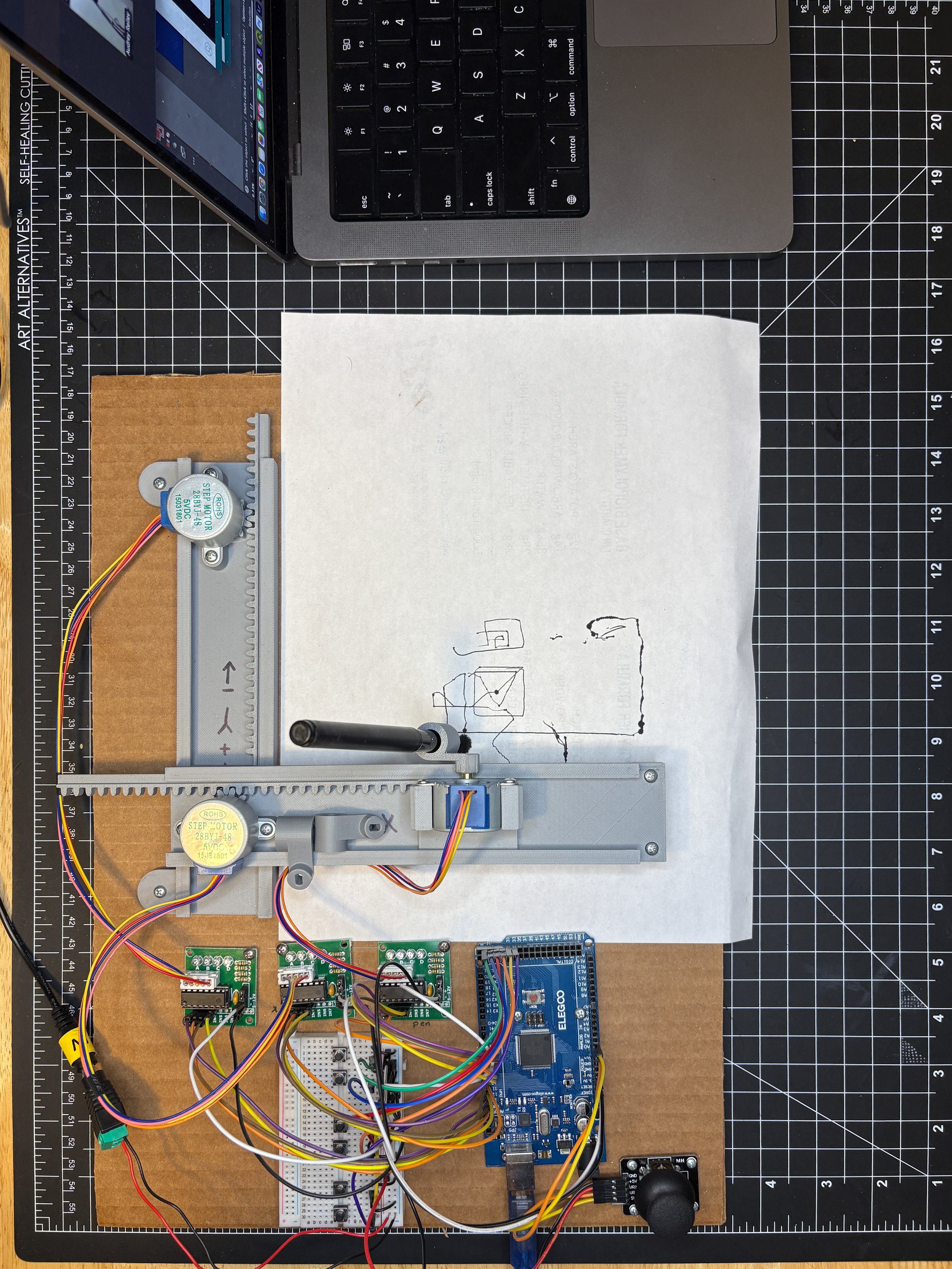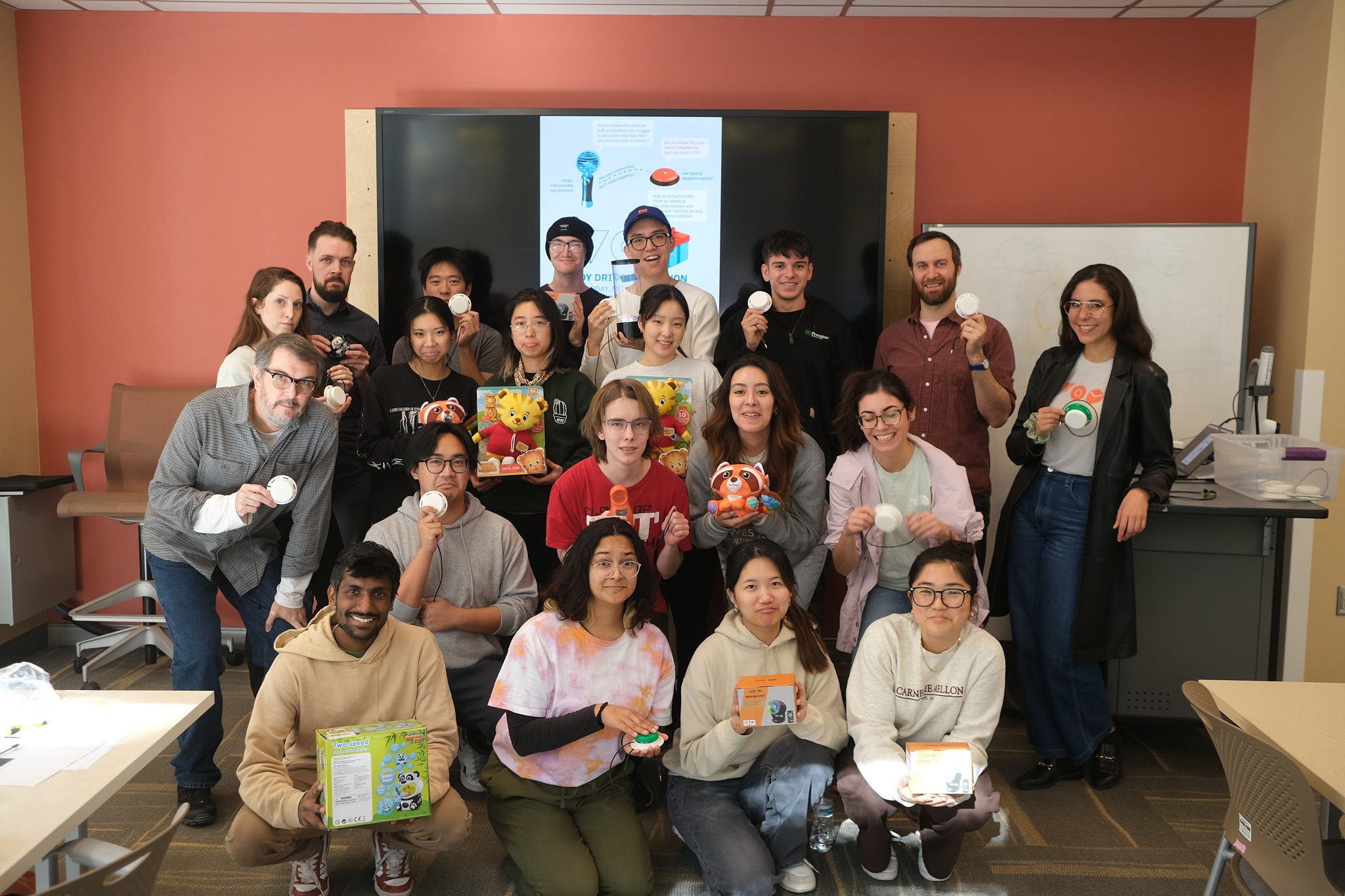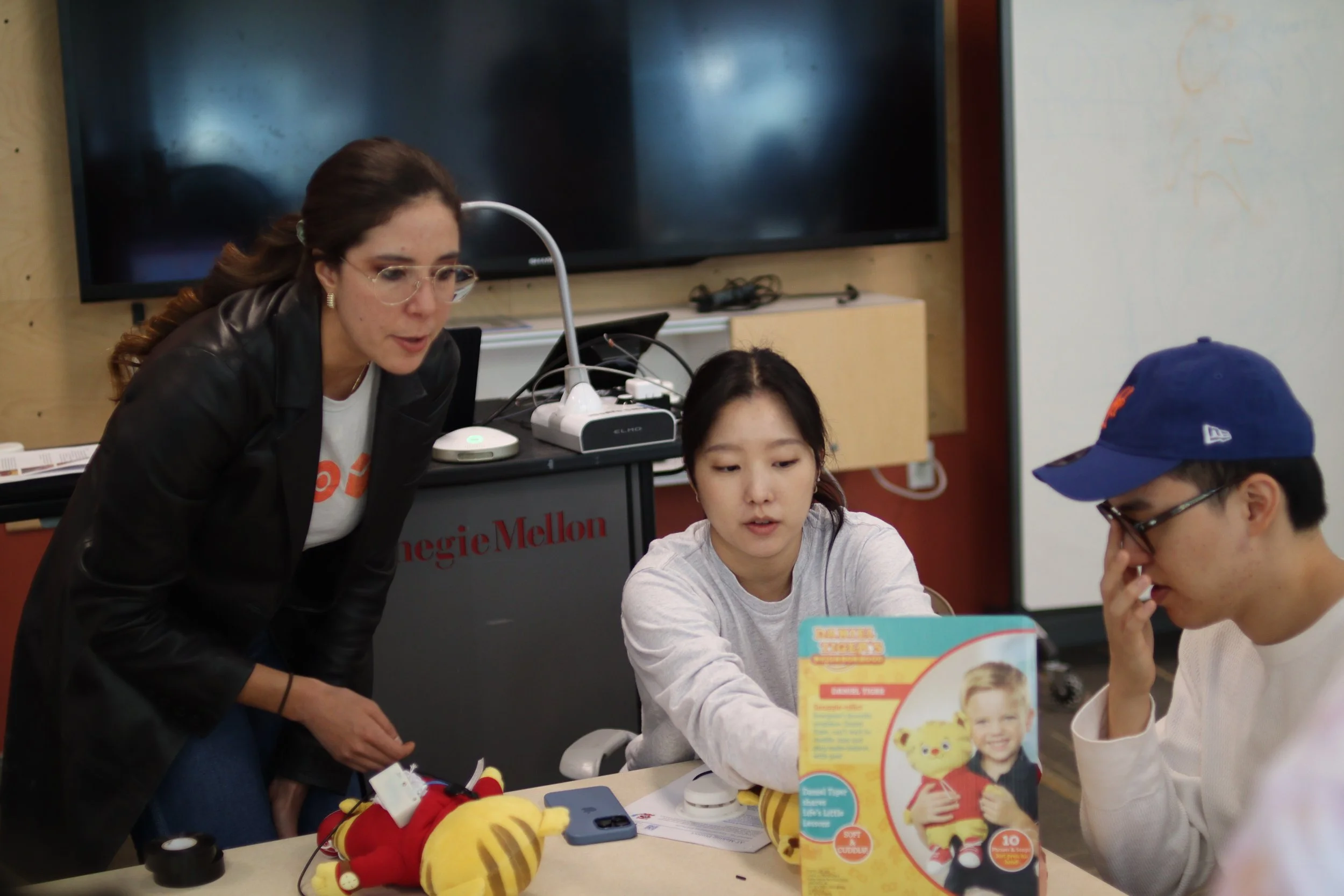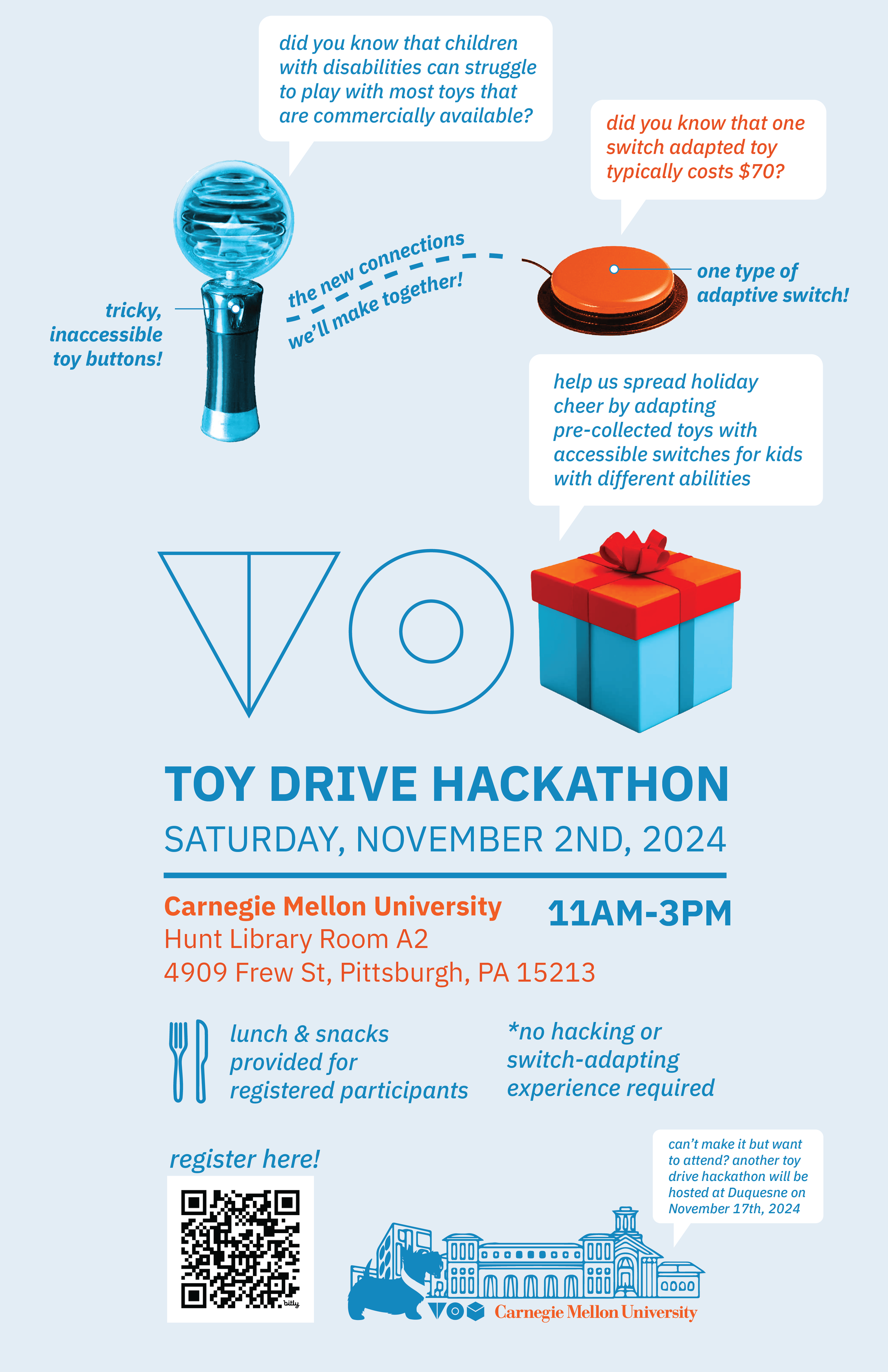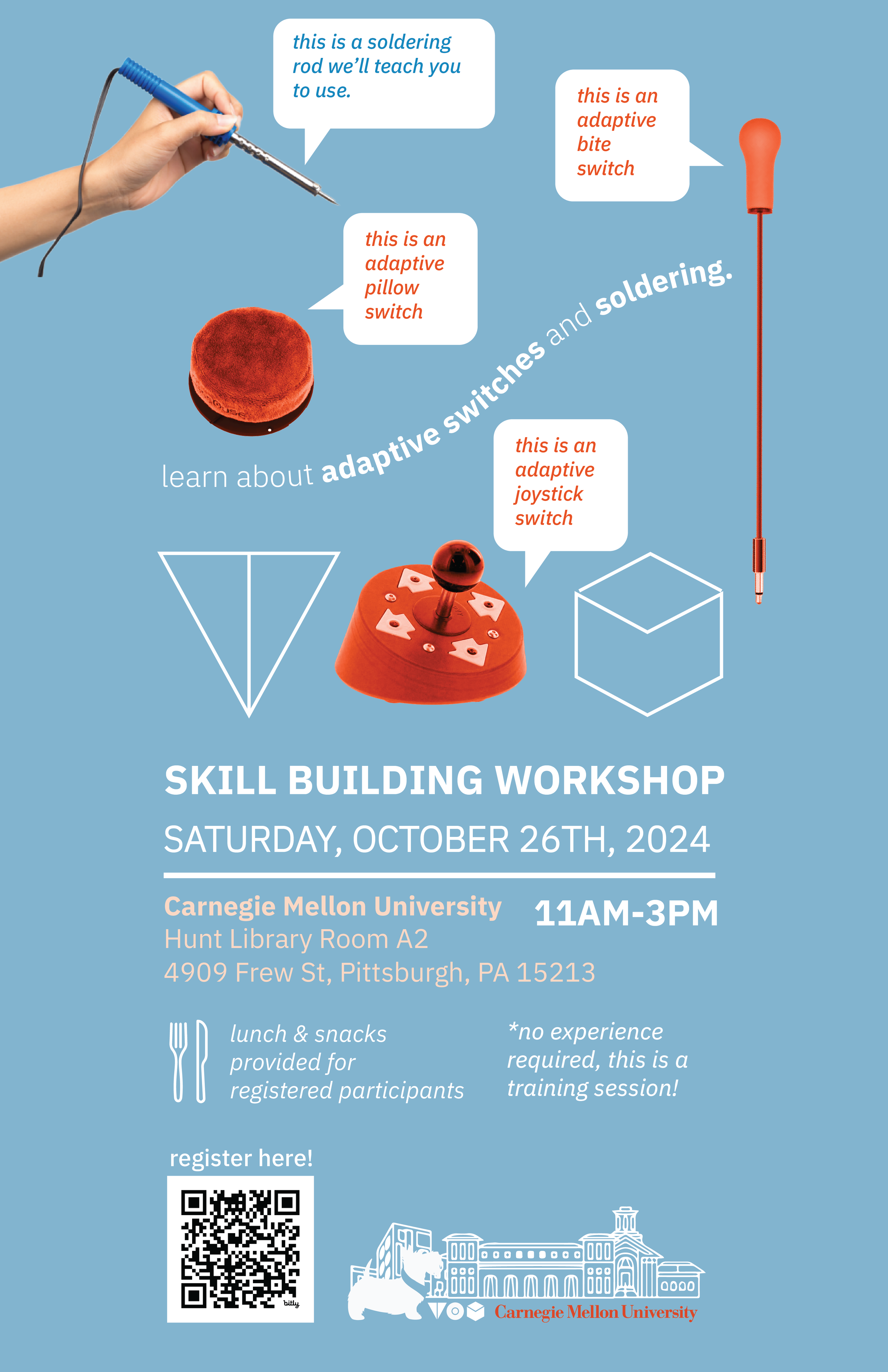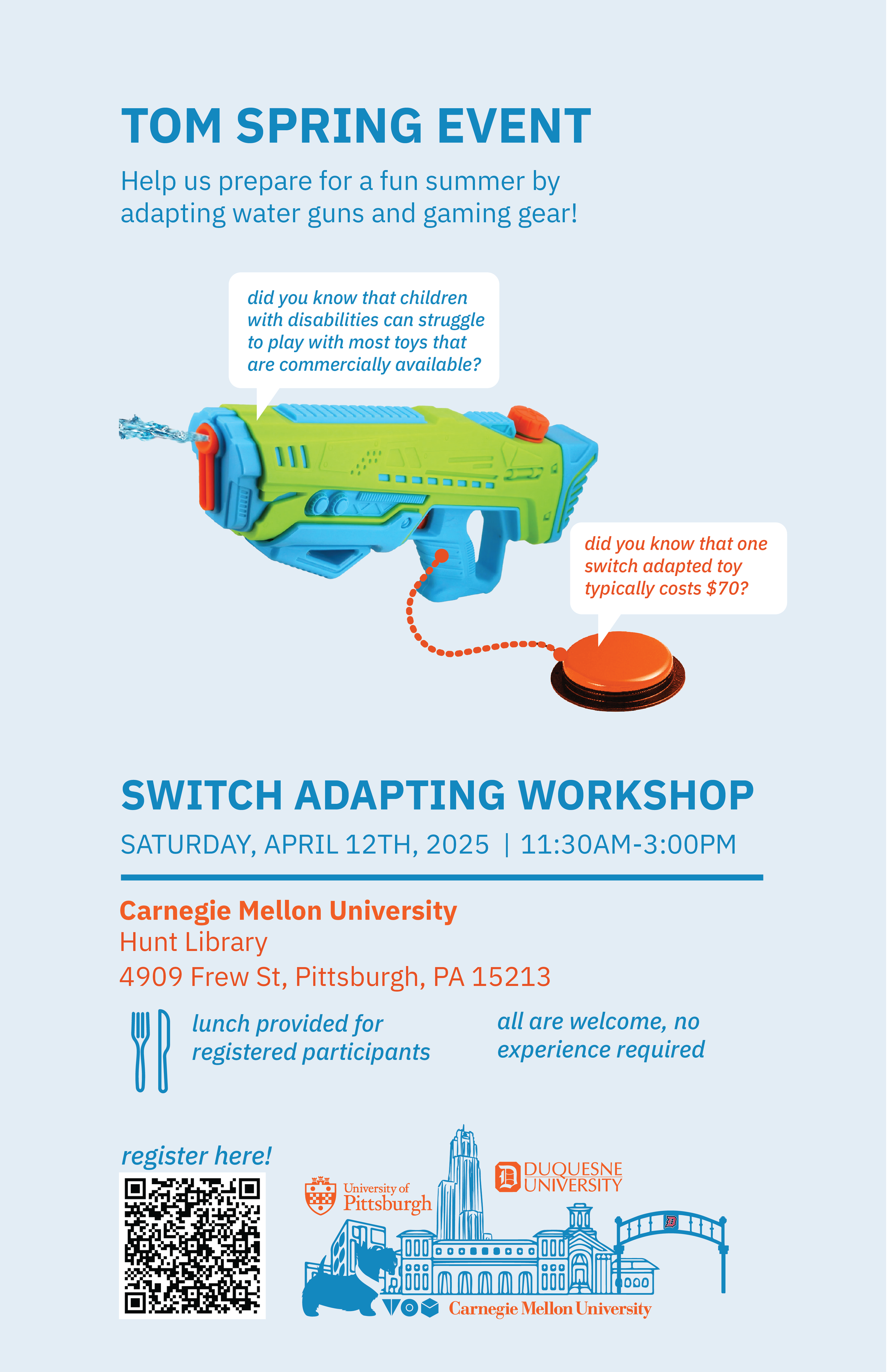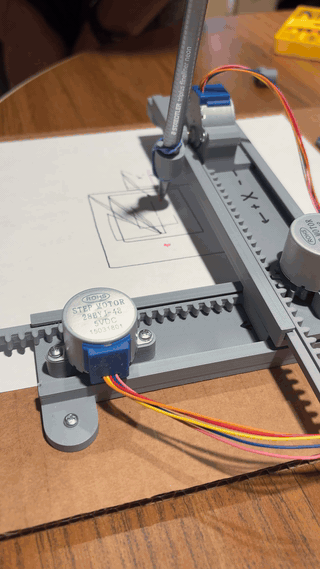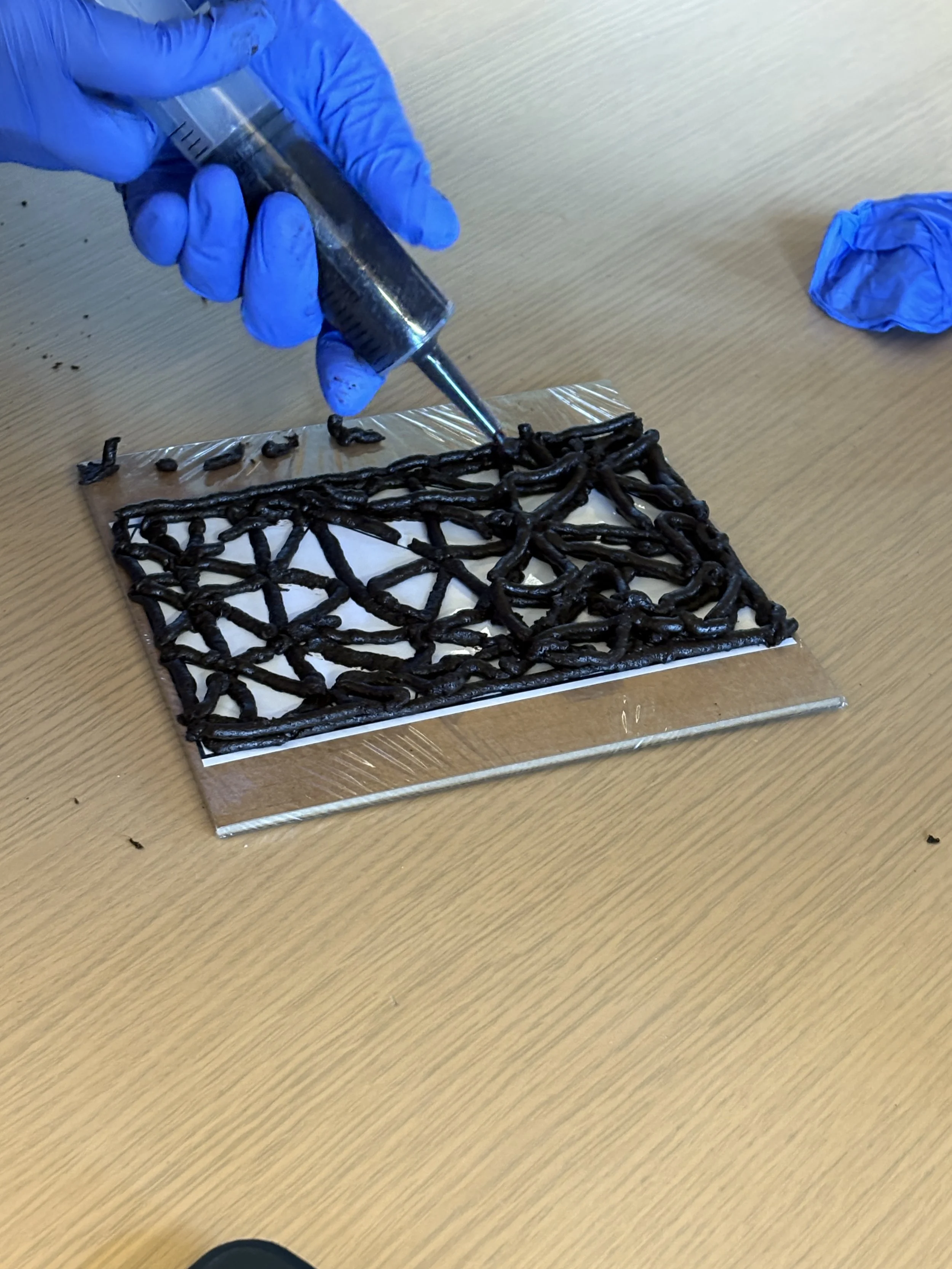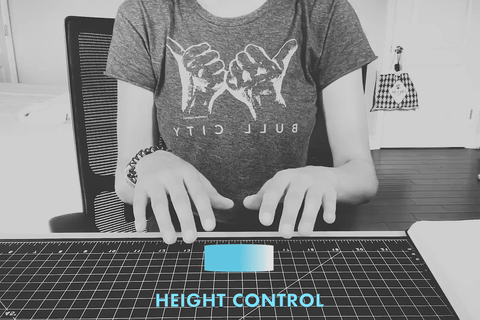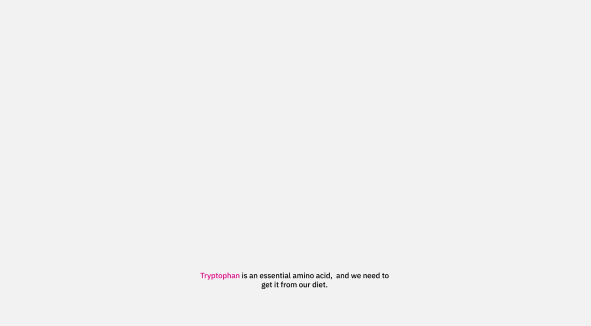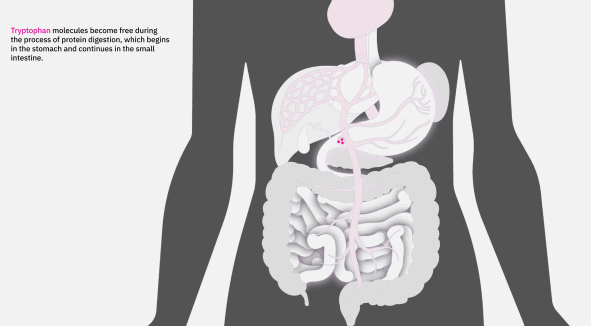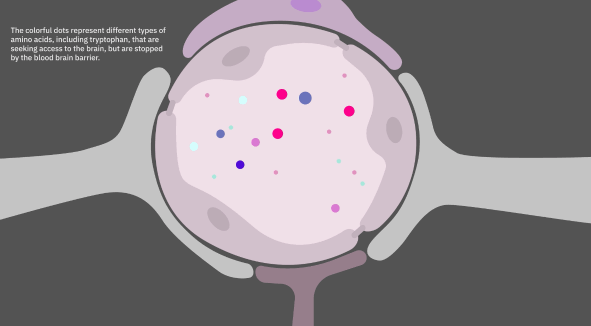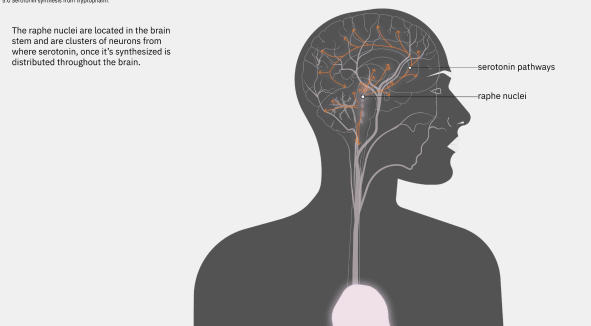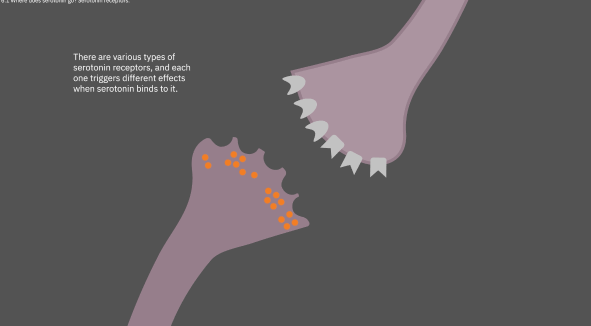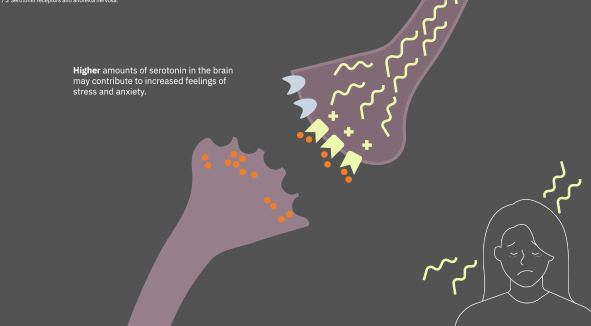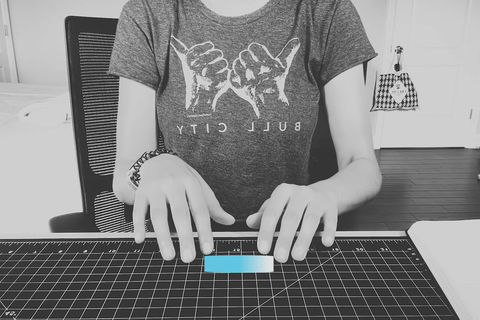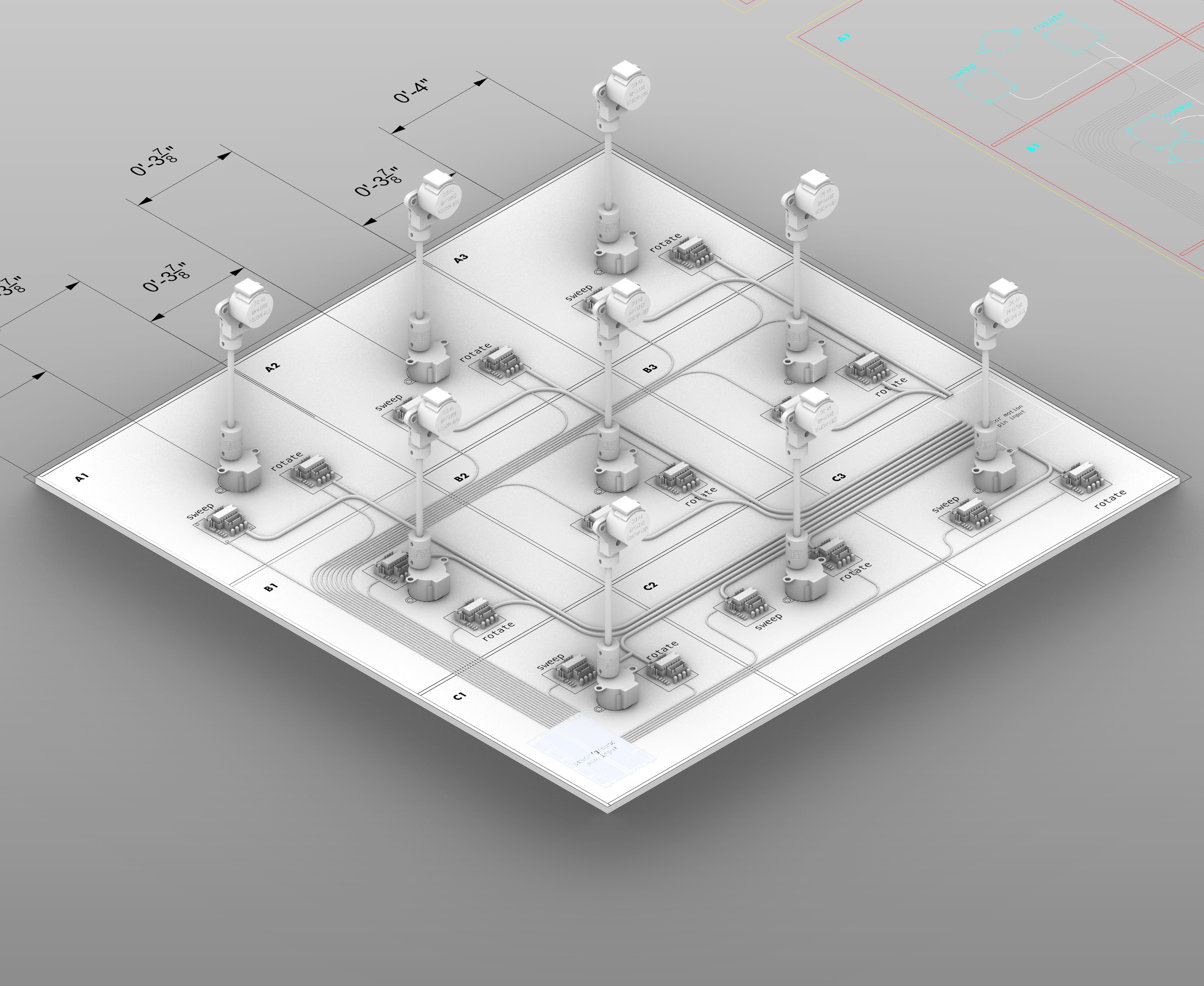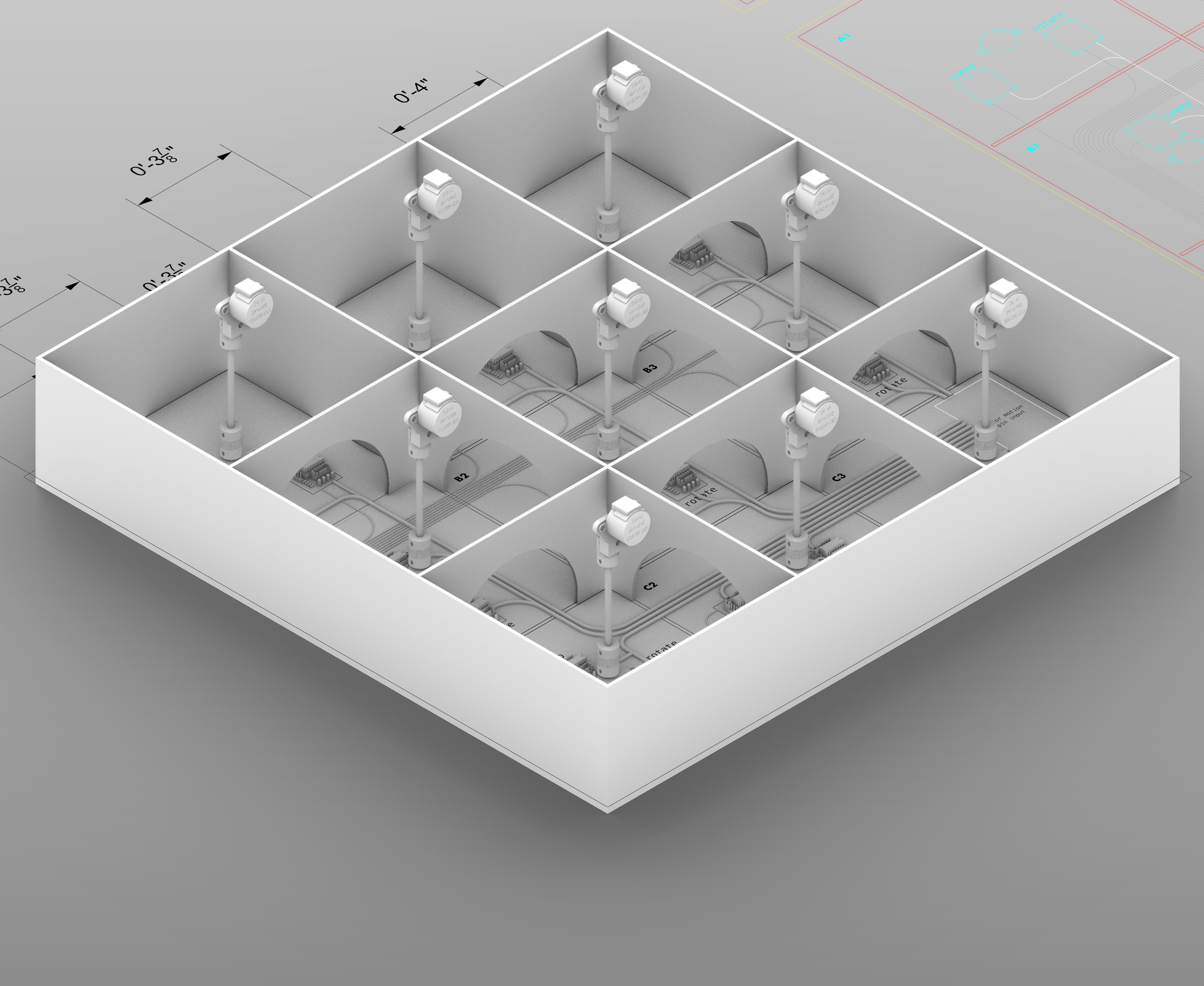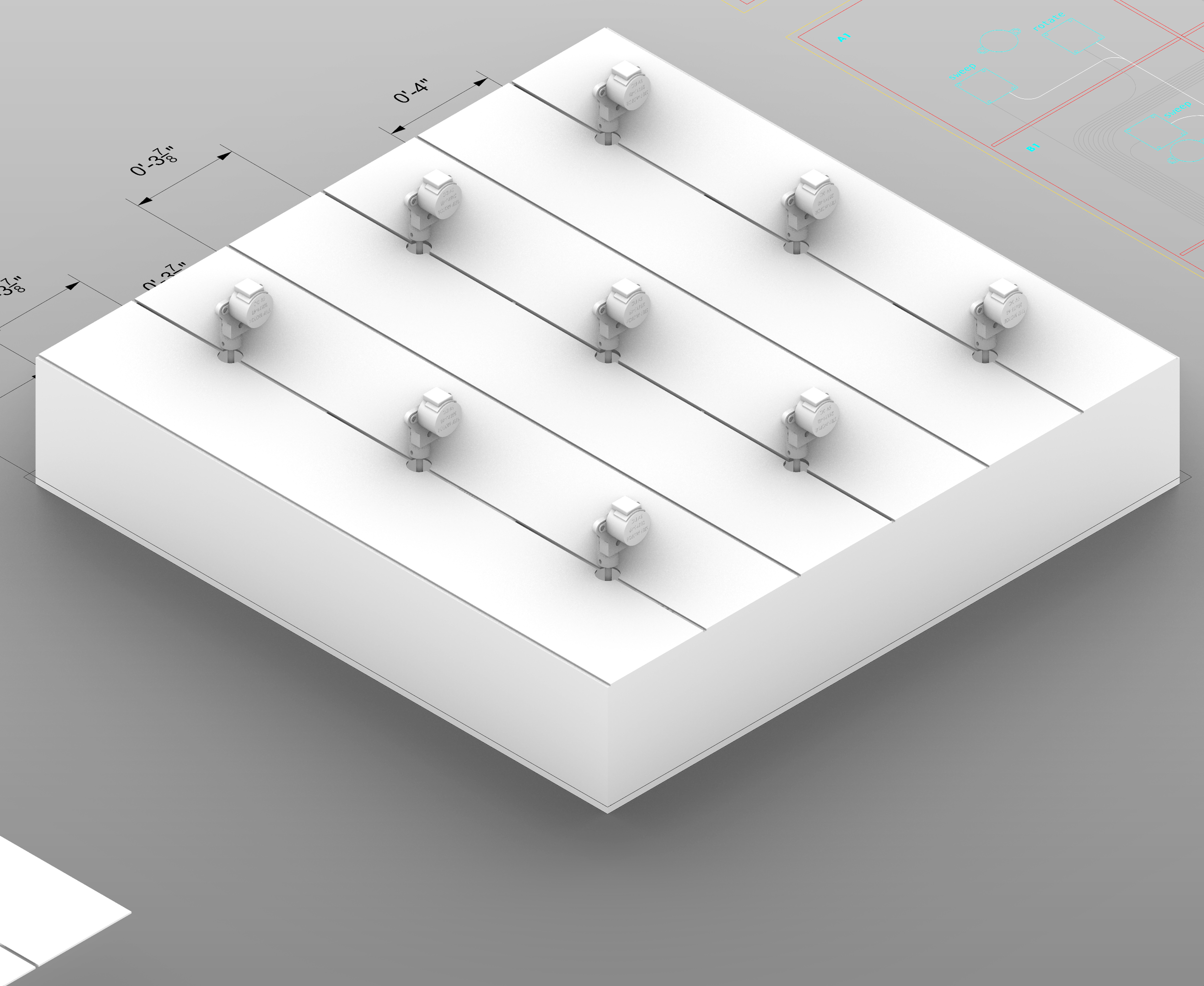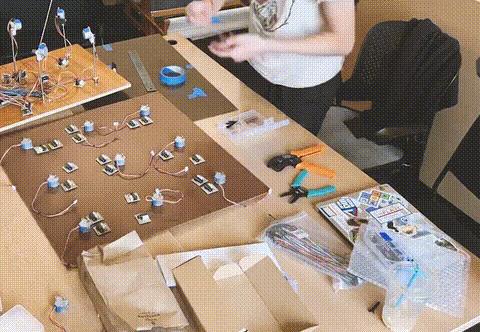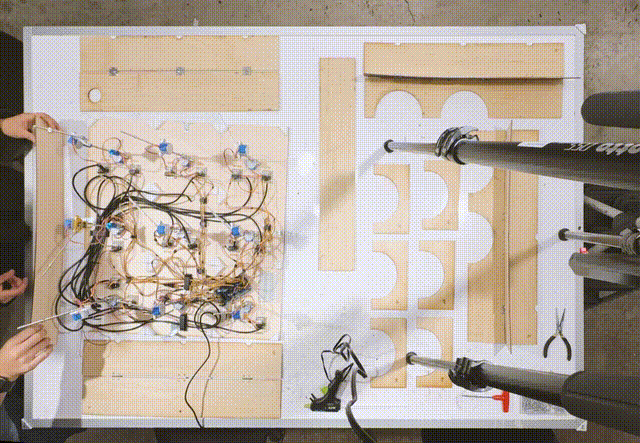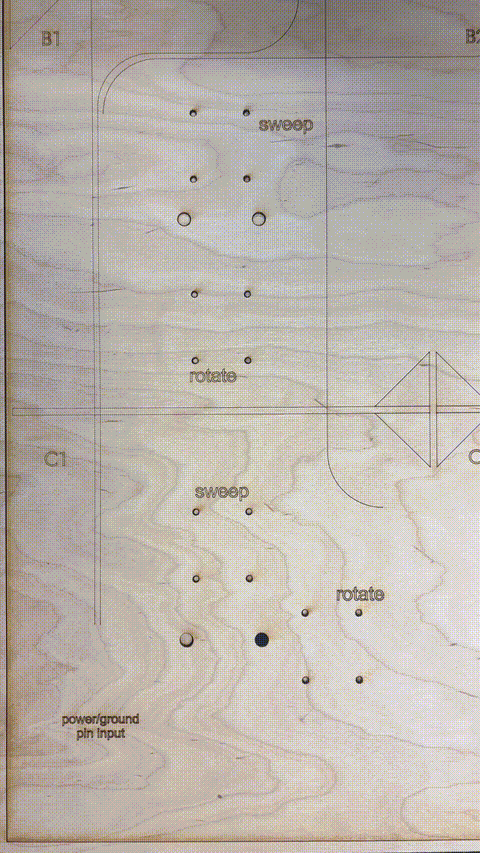Work in progress
I'm a multidisciplinary designer and researcher exploring the intersection of art, technology, storytelling, and environmental concerns. Right now I'm working full-time on a broad range of design and art projects. Three of them are continuations of research I've done with different professors at CMU— I really love the position I'm in because I get to think about design and apply my skills in so many different ways.
Here’s a peak at five projects I'm currently working on just to give you a sense of the wide range of work I'm interested in. They span everything from biomaterials and 3D printing to interactive storytelling to building adaptive tools for kids with disabilities.
01 BIOMATERIAL EXPERIMENTS02 INTERACTIVE STORYTELLING03 AR CERAMICS04 CHOREOGRAPHY OF 10005 ADAPTED DRAWING MACHINE01 Biomaterial experiments
Synopsis: I've been exploring various biomaterial recipes for 3D printing since January 2025. I've primarily worked with variations of coffee-based bioplastic recipes, but I've also experimented with Japanese knotweed, mycelium, and food waste. Our team has developed a reliable coffee-based bioplastic recipe and a 3D printing methodology that can produce durable extruded outputs.
Next Steps: I'm currently working on new recipes that include other biomaterials and waste materials, and I'm also designing a modular 3D form to be able to create larger structures out of 3D bioprints. These structures may be in the form of a tiled panel, or a piece of furniture. I'm concurrently researching mycoremediation.
Team: Dana Cupkova (PI), Kimberly Blacutt, Nirmal Kumar, Audrey Reiley, Migel Shehu and Laasya Bosukonda
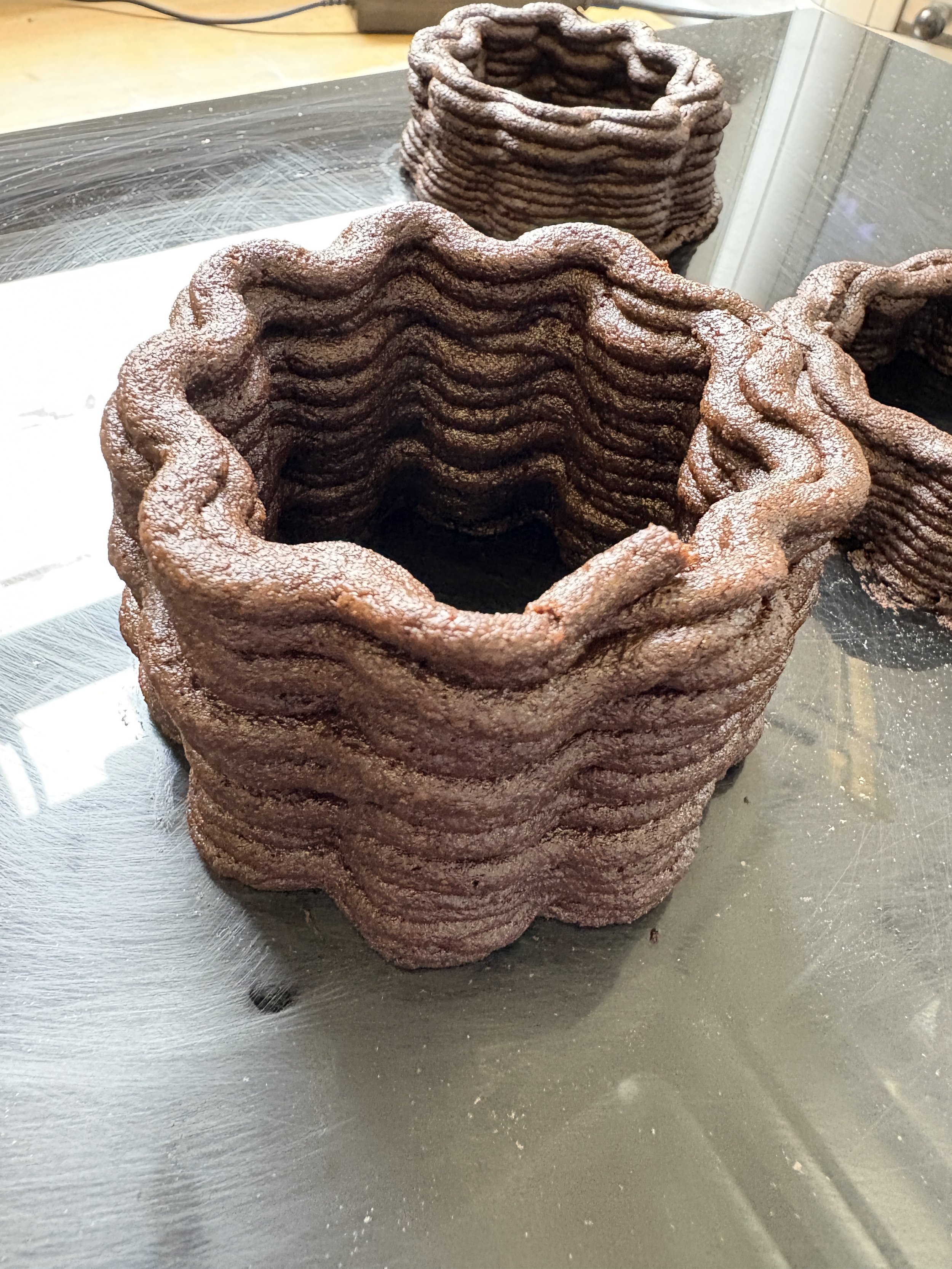
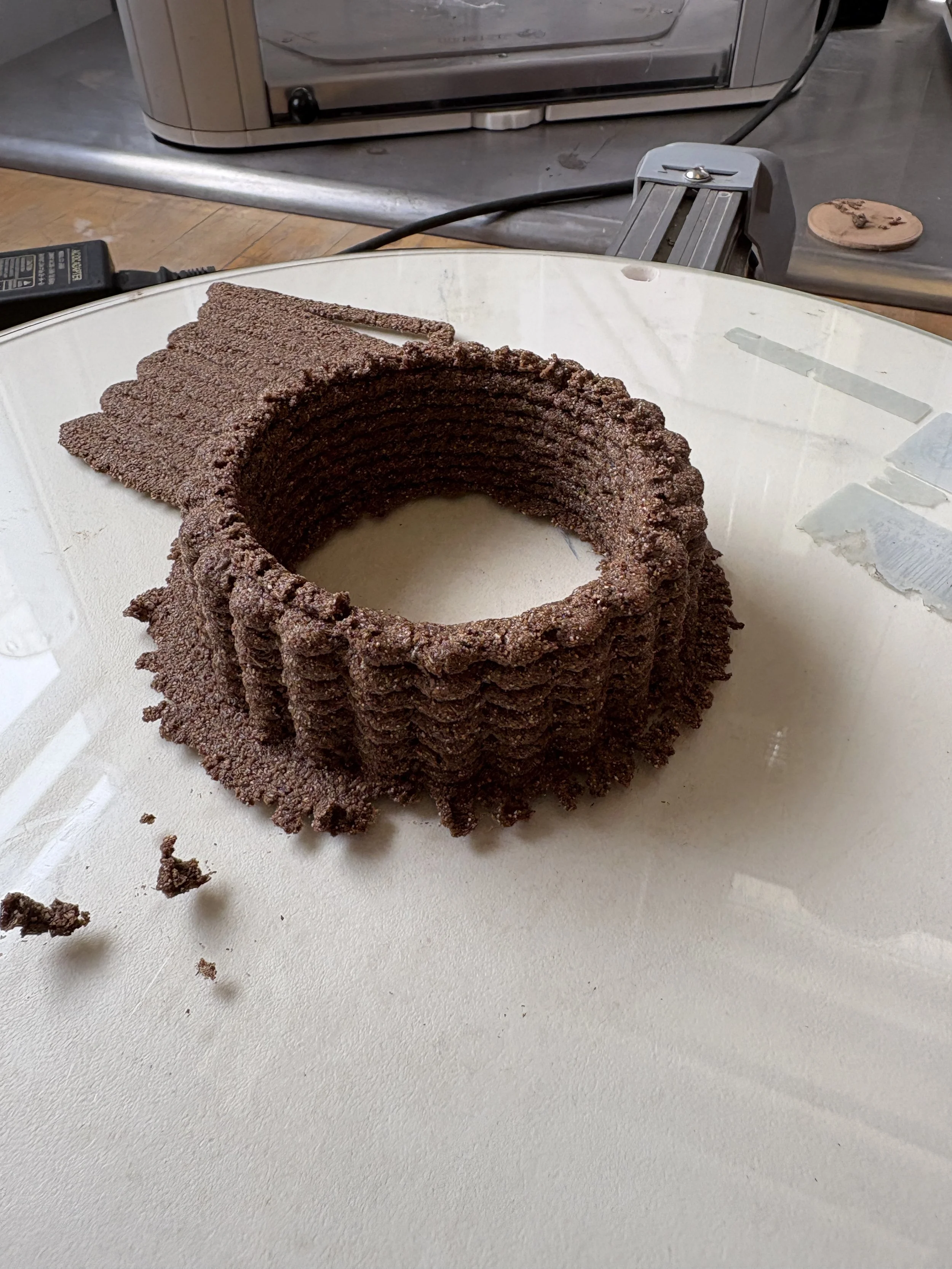
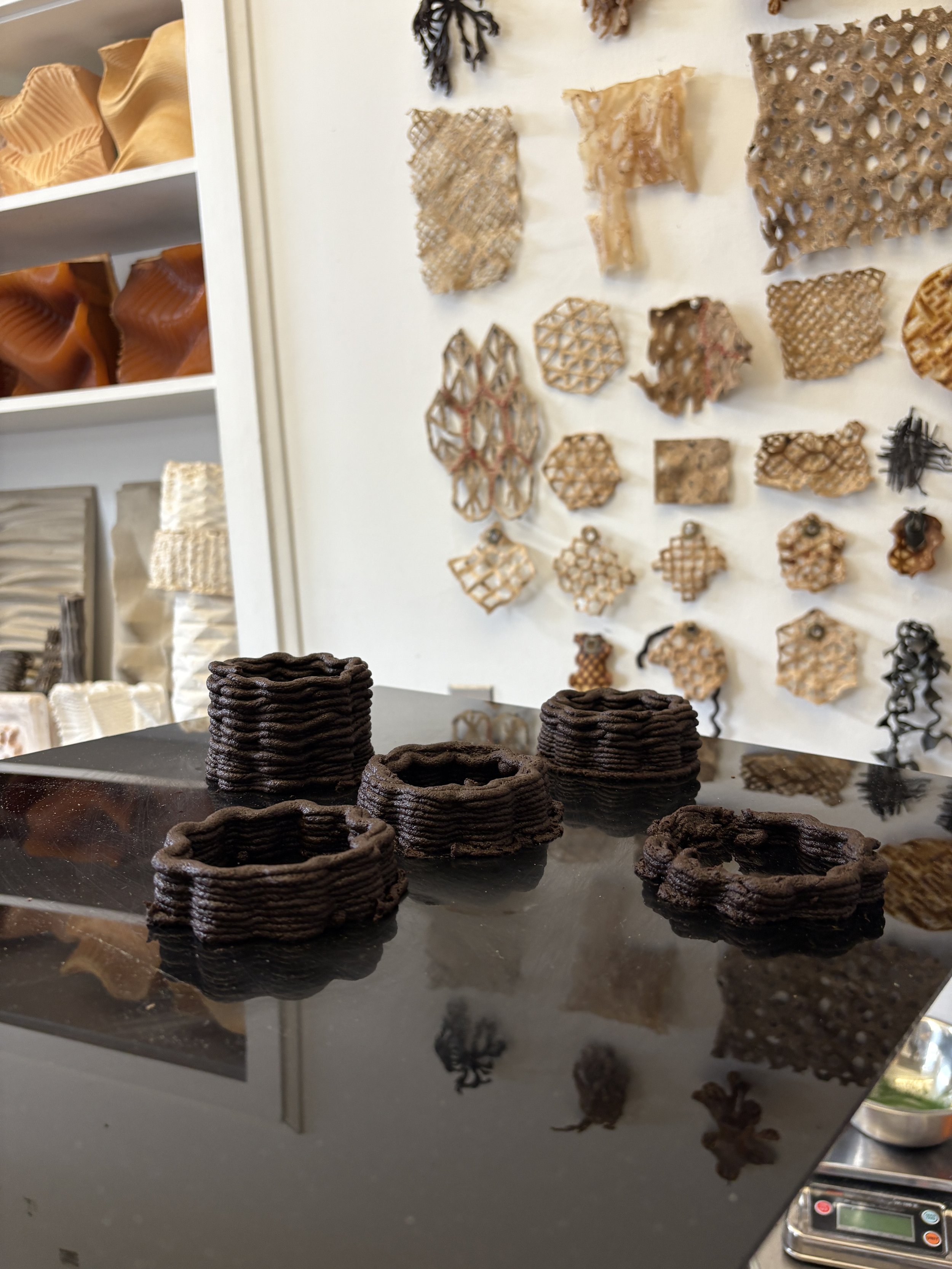
02 Interactive Science-Based Storytelling
Synopsis: This is a communication design project about how anorexia nervosa affects the brain and the body. I've done research, developed the story, made illustrations, and animations starting in August 2023. The goal of this piece is to provide science-based information on the physical manifestations of malnutrition brought on by eating disorders.
Next Steps: I'm currently working on creating a web article that empowers readers by providing accessible, research-backed information. I want to make sure it's both scientifically accurate and emotionally supportive.
Click here for a higher resolution preview you can view at your own pace.
Team: Stacie Rohrbach (PI), Kimberly Blacutt, Sage Rohrbach, Elijah Benzon
03 AR Ceramics
Synopsis: I'm working on developing a recording system to record a multimodal dataset of 3D hand gestures involved in ceramic throwing and sculpting and reproducing them as animated 3D 'holograms’ as an interactive art installation. The goal is to preserve and share traditional ceramic techniques in a novel, multimodal way.
Next Steps: Right now I'm focused on refining the gesture capture system and developing the AR interface. I'm also planning how this will work as an installation that people can actually interact with in a gallery setting.
Team: Dina El-Zanfaly (PI), Kimberly Blacutt
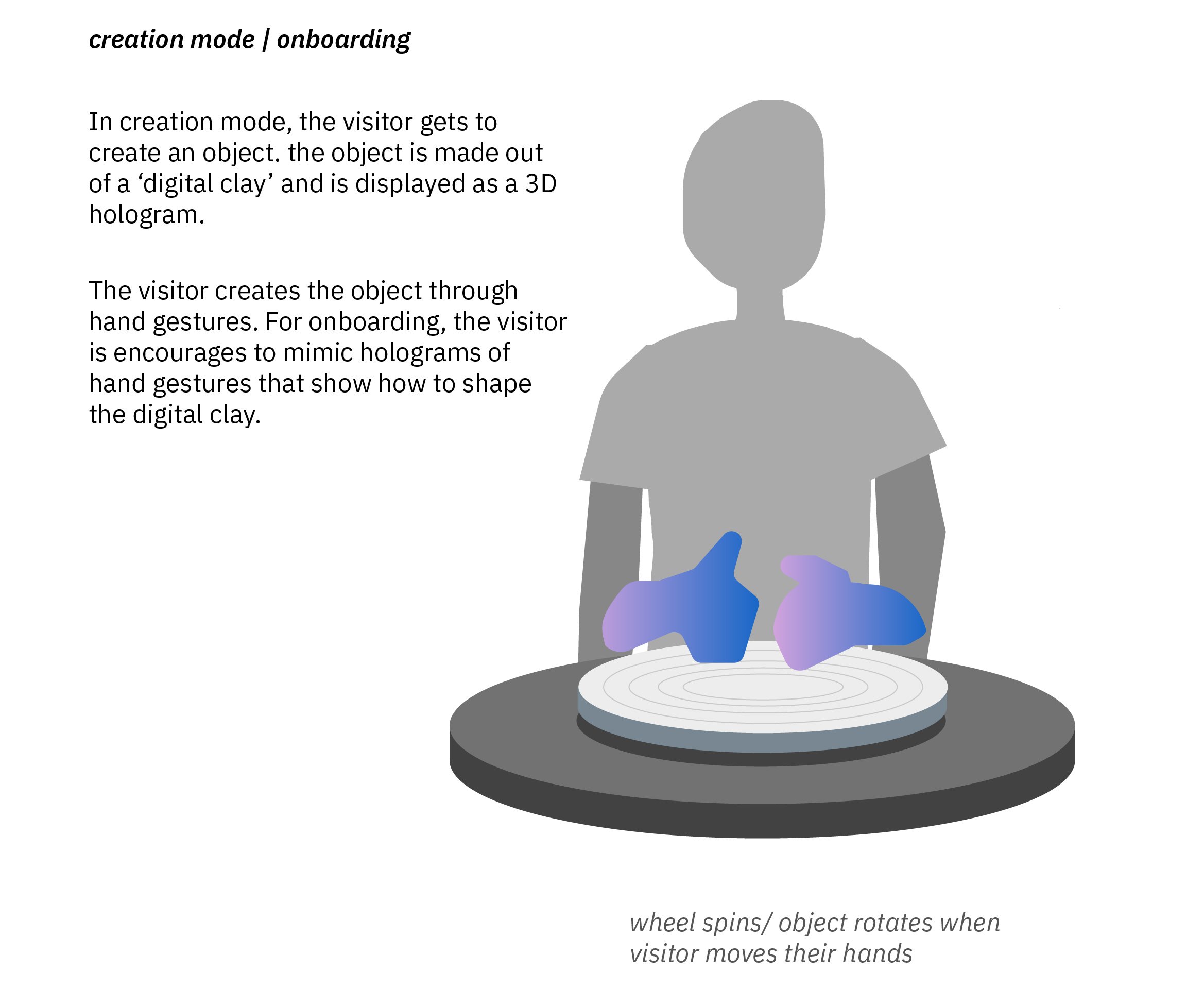
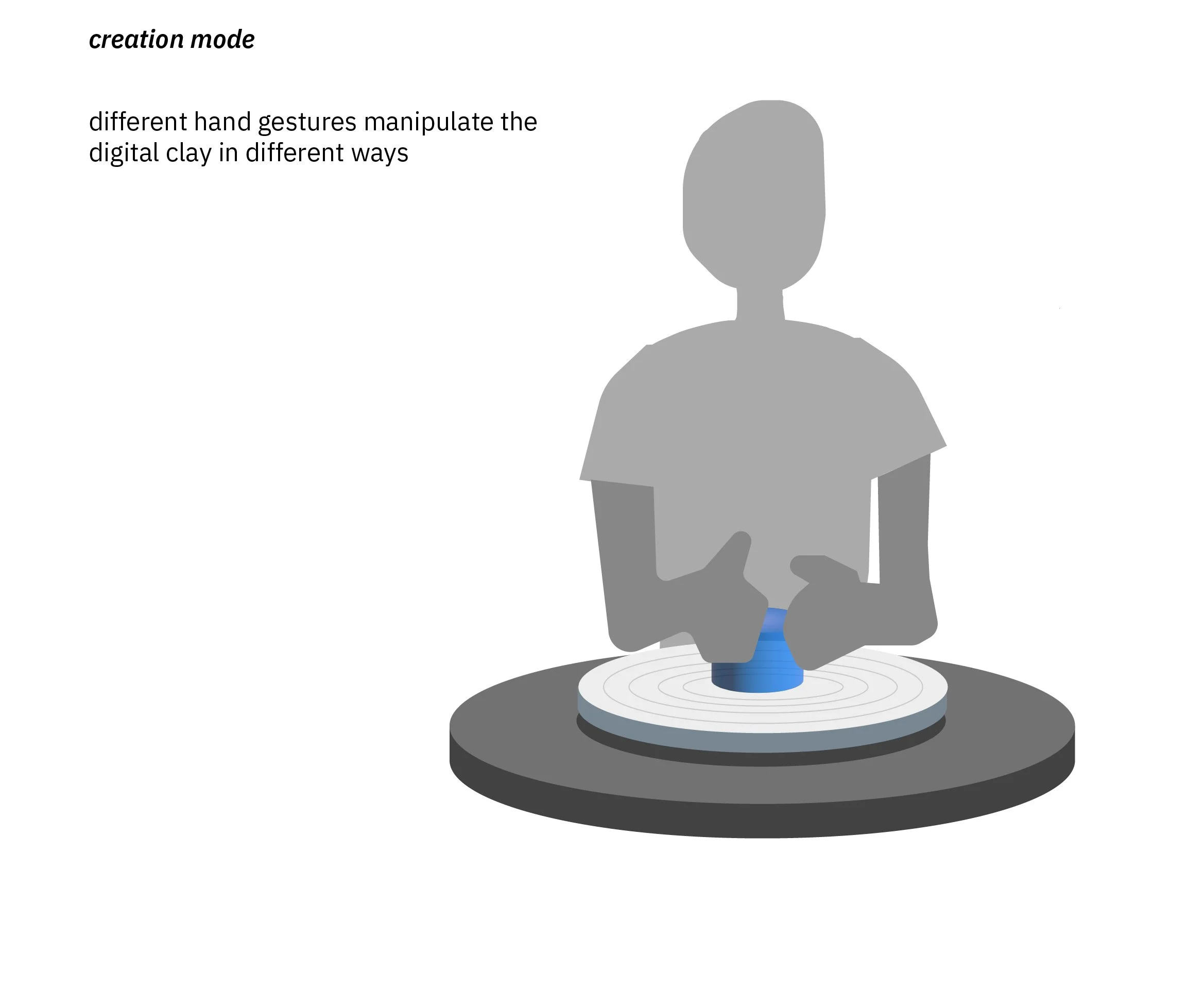
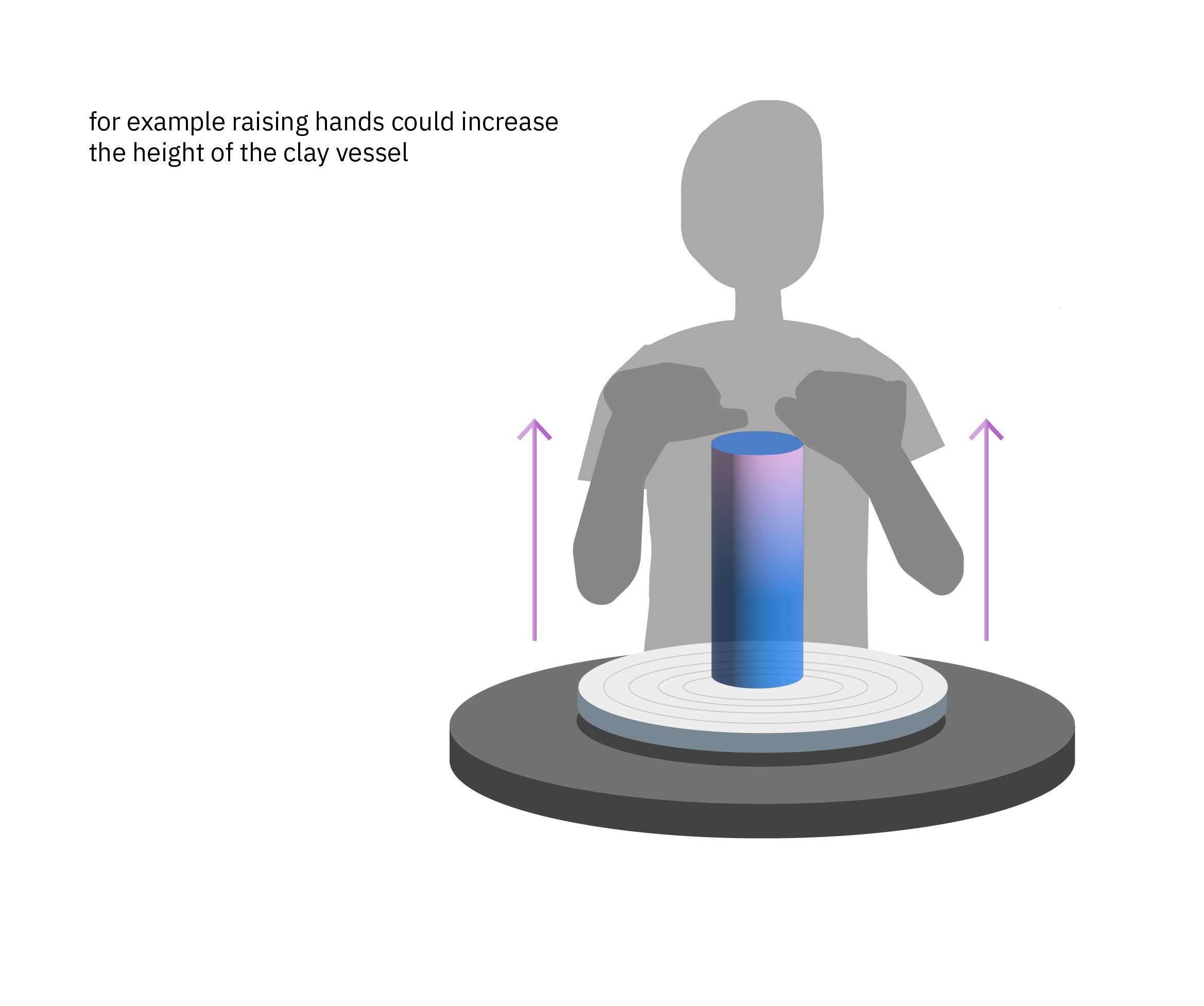

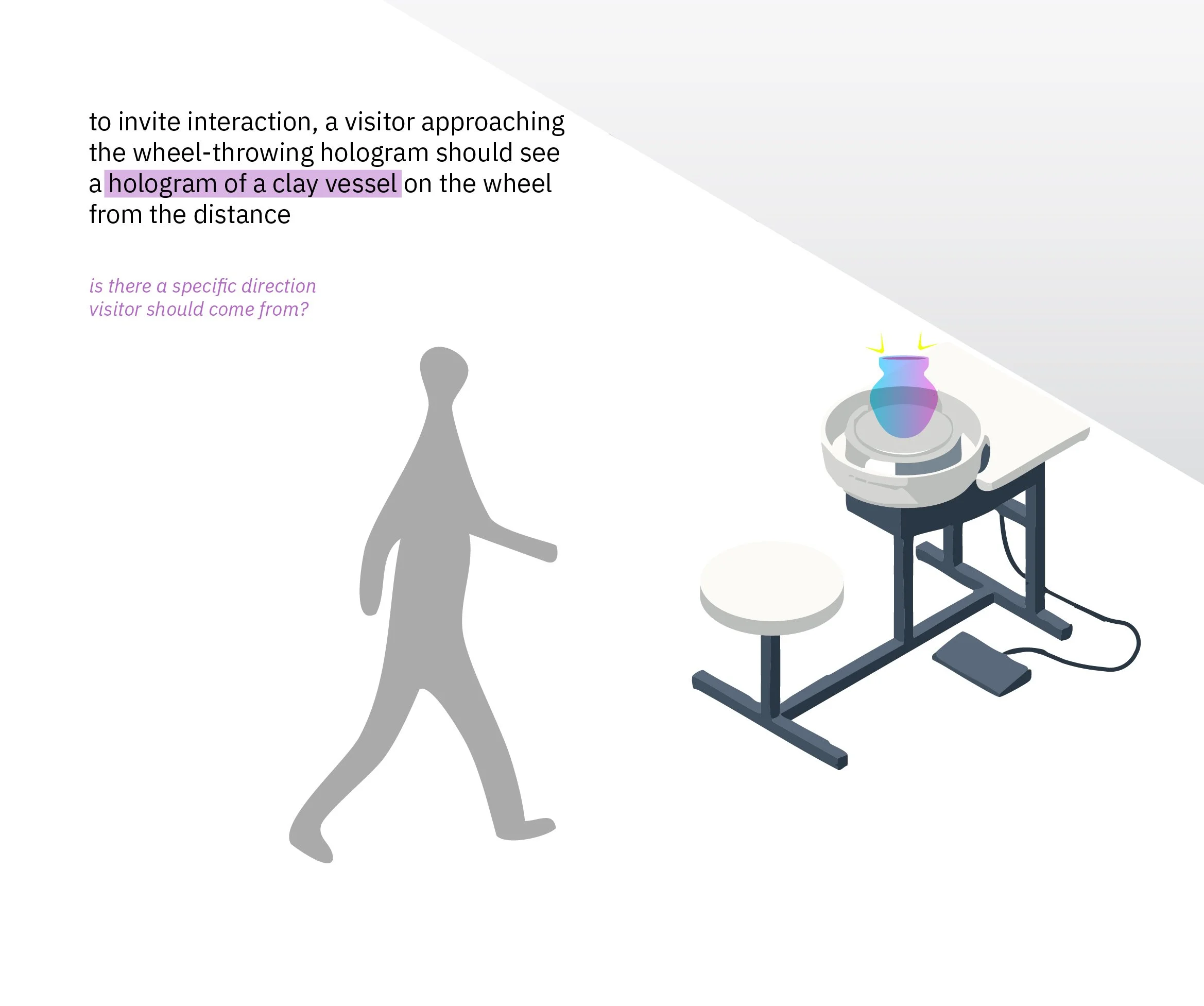
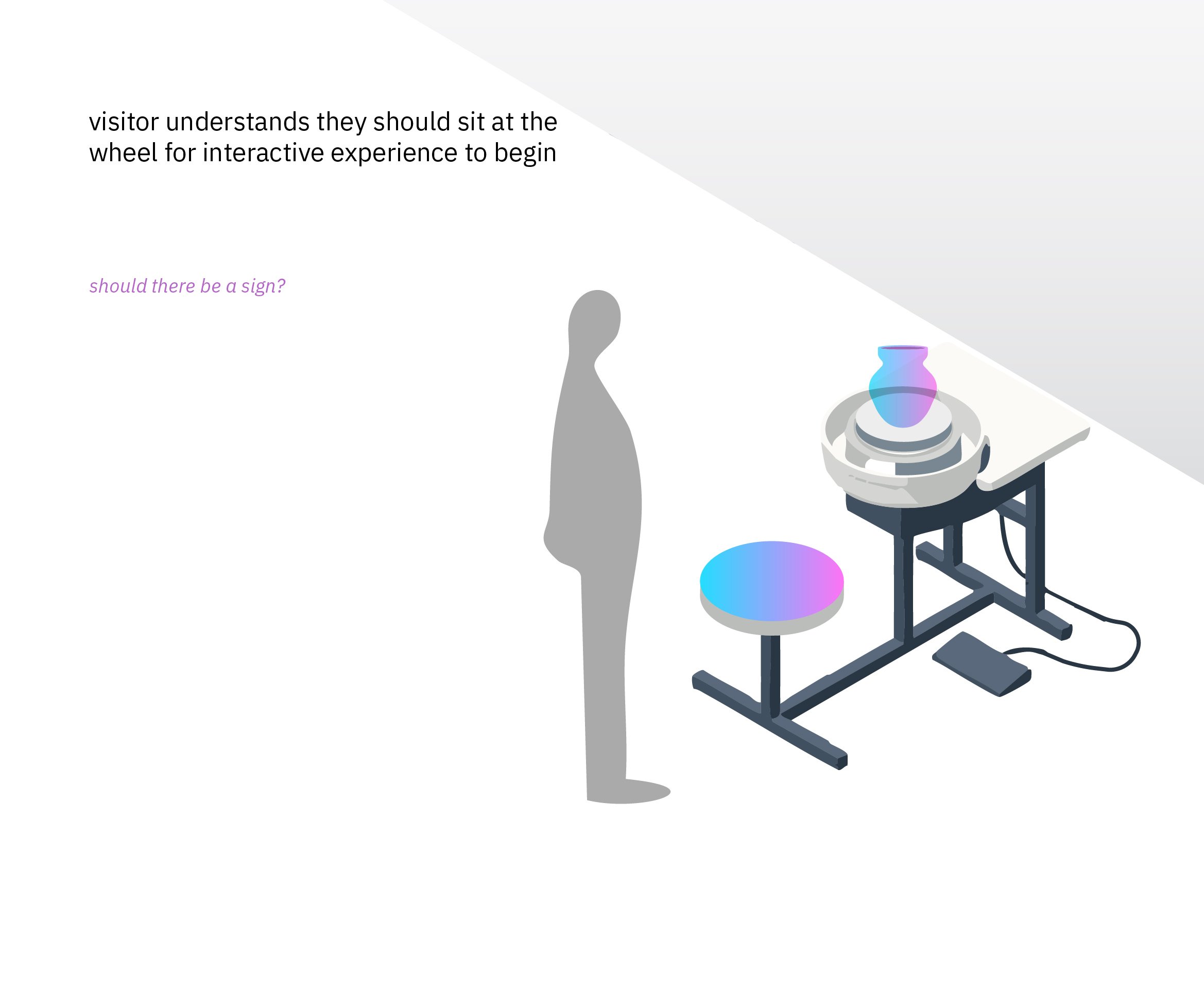
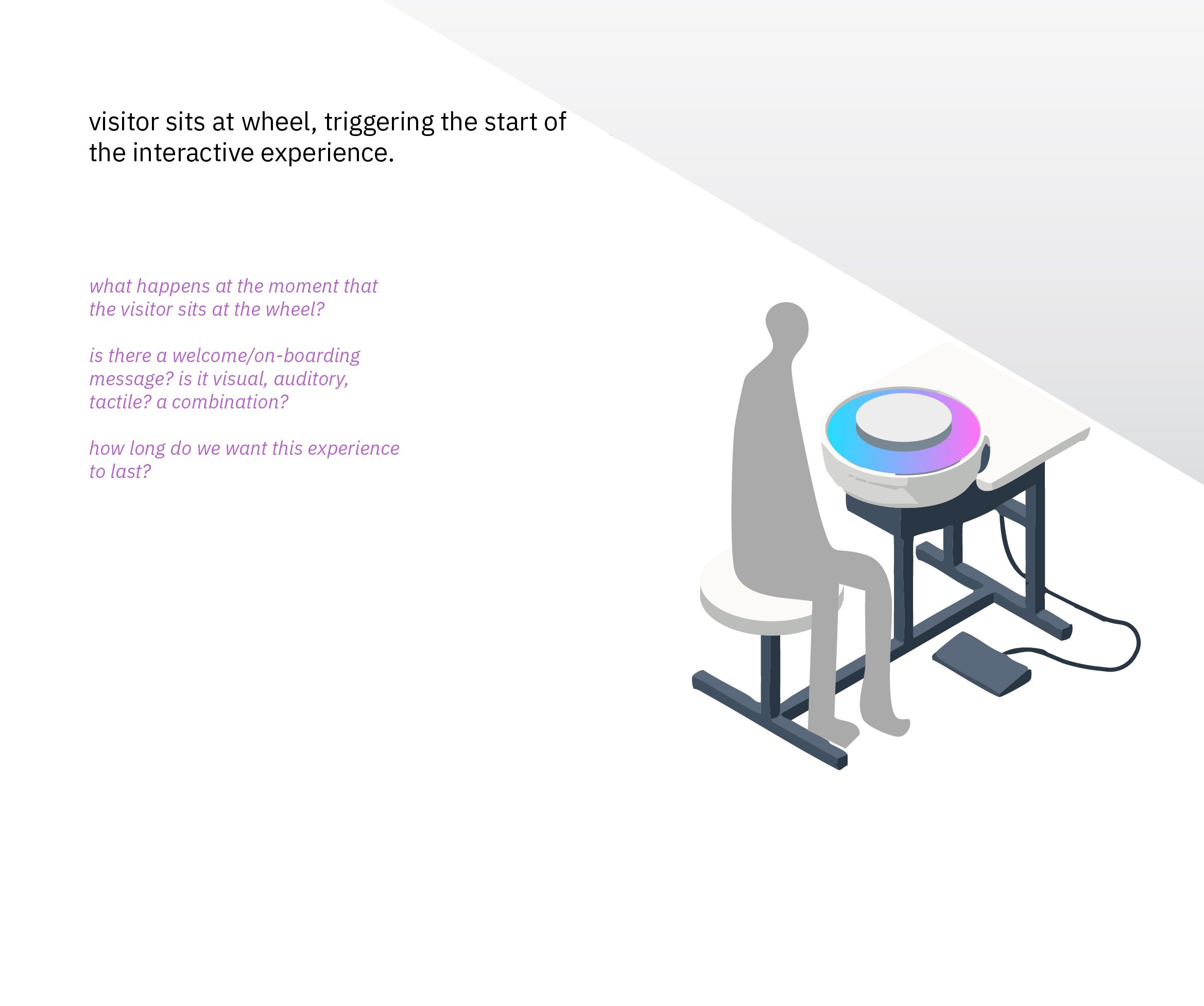
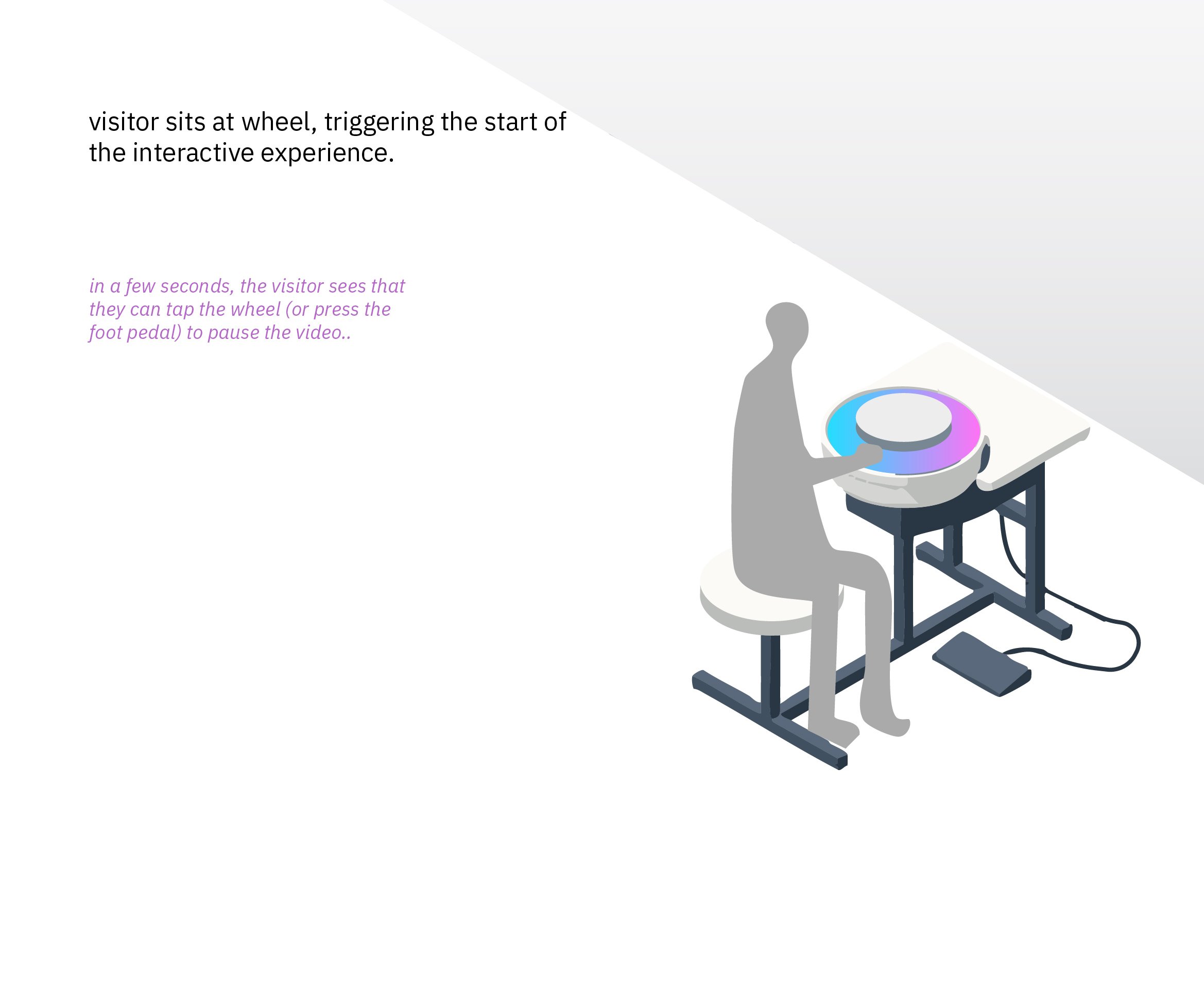
04 Choreography of 100
Synopsis: A few friends and I received a grant for an art project called "choreography of 100," in which we're choreographing the movements of 100 autonomous brooms which are tasked with cleaning their polluted environment. I'm using my industrial design and physical computing skills for this project, which means physically creating the brooms, wiring them to arduinos and programming their choreographed responses to data input from camera sensors. I'm also doing some vibe-coding with the help of Claude on this project.
Next Steps: I'm working on programming the final choreographic responses and getting all the sensor integration working smoothly. There's also a lot of coordination with my collaborators on the installation logistics and figuring out how we want people to experience the piece.
Team: Kimberly Blacutt, Audrey Reiley, Zoe So, Michael Juan, Nik Kim

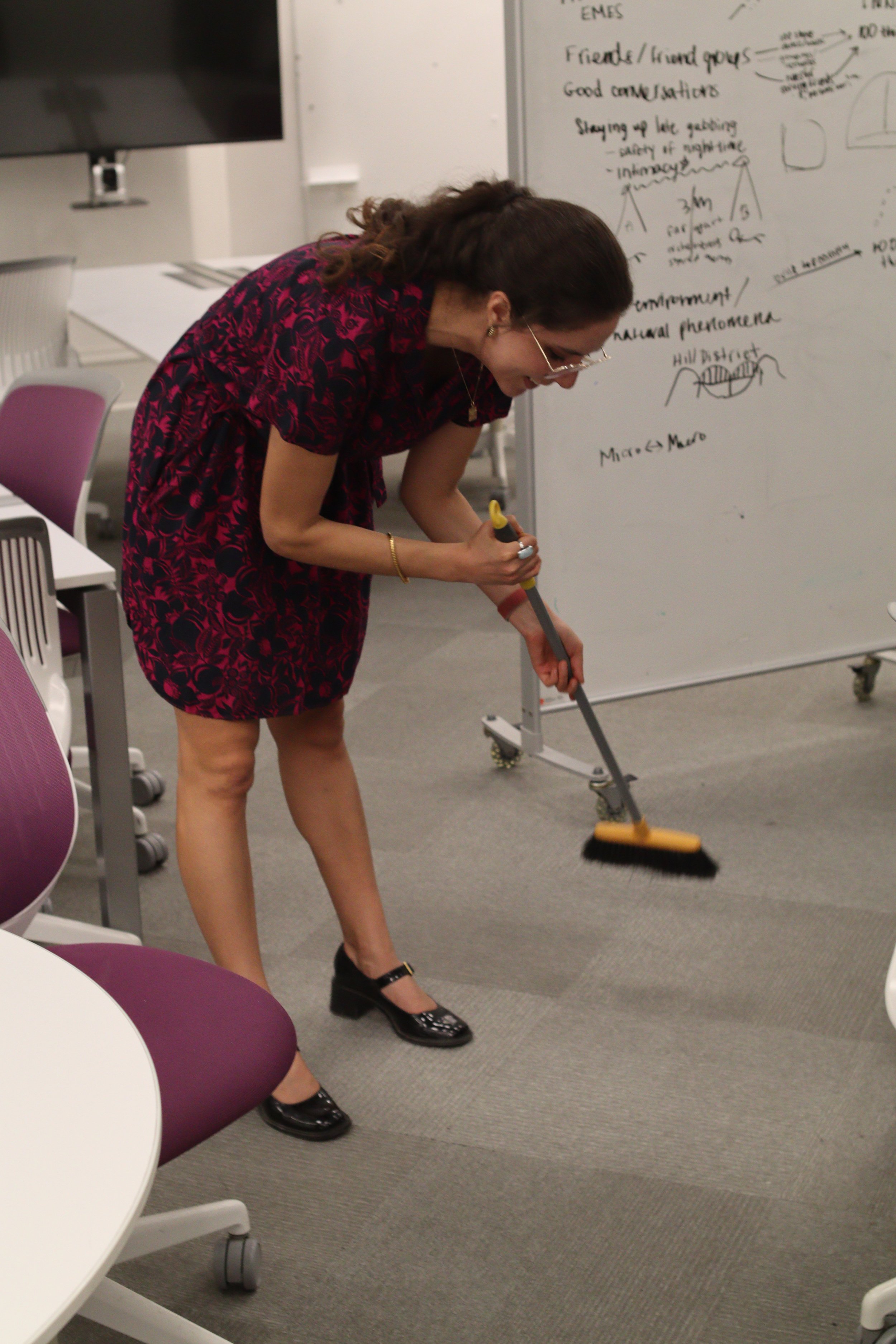
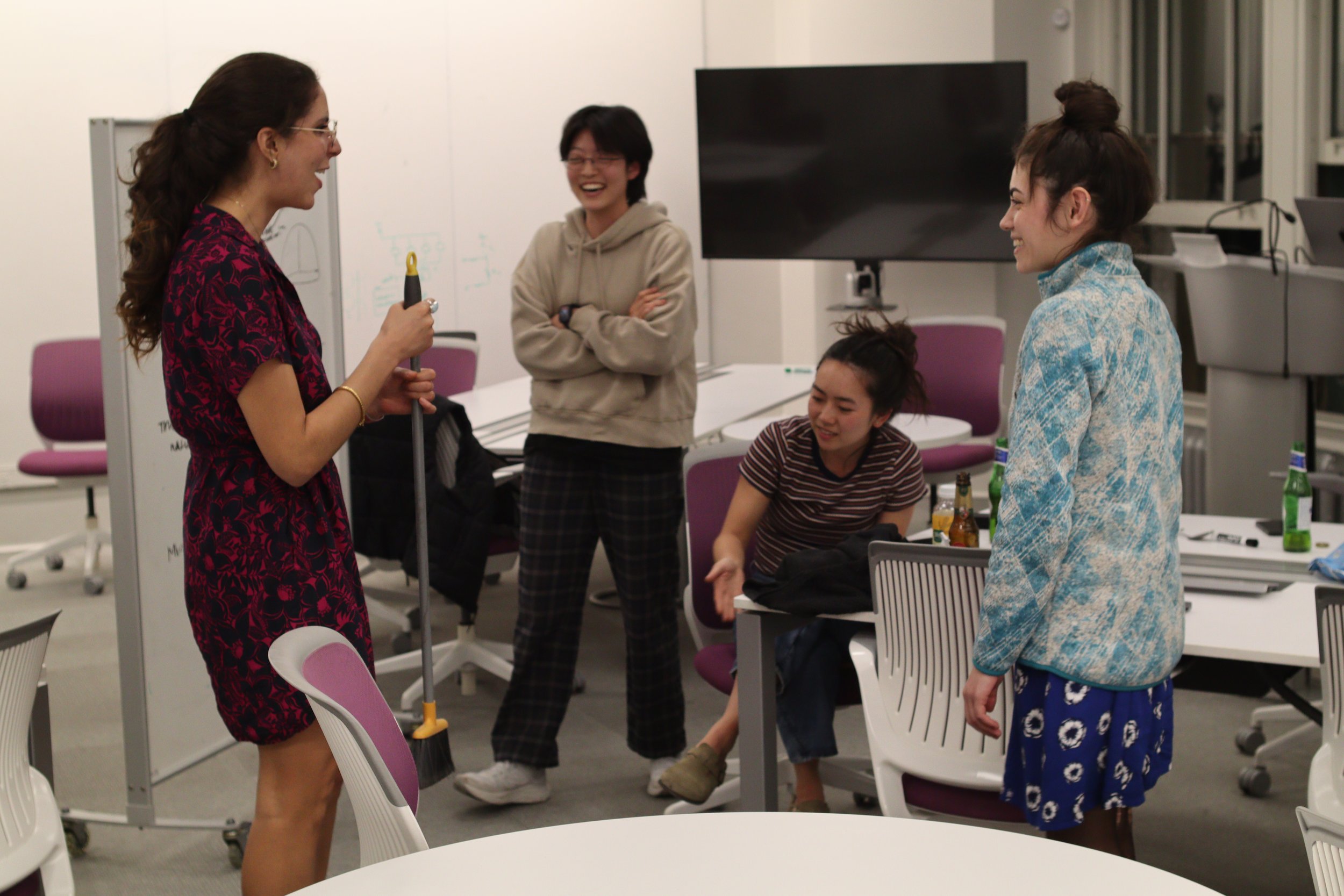
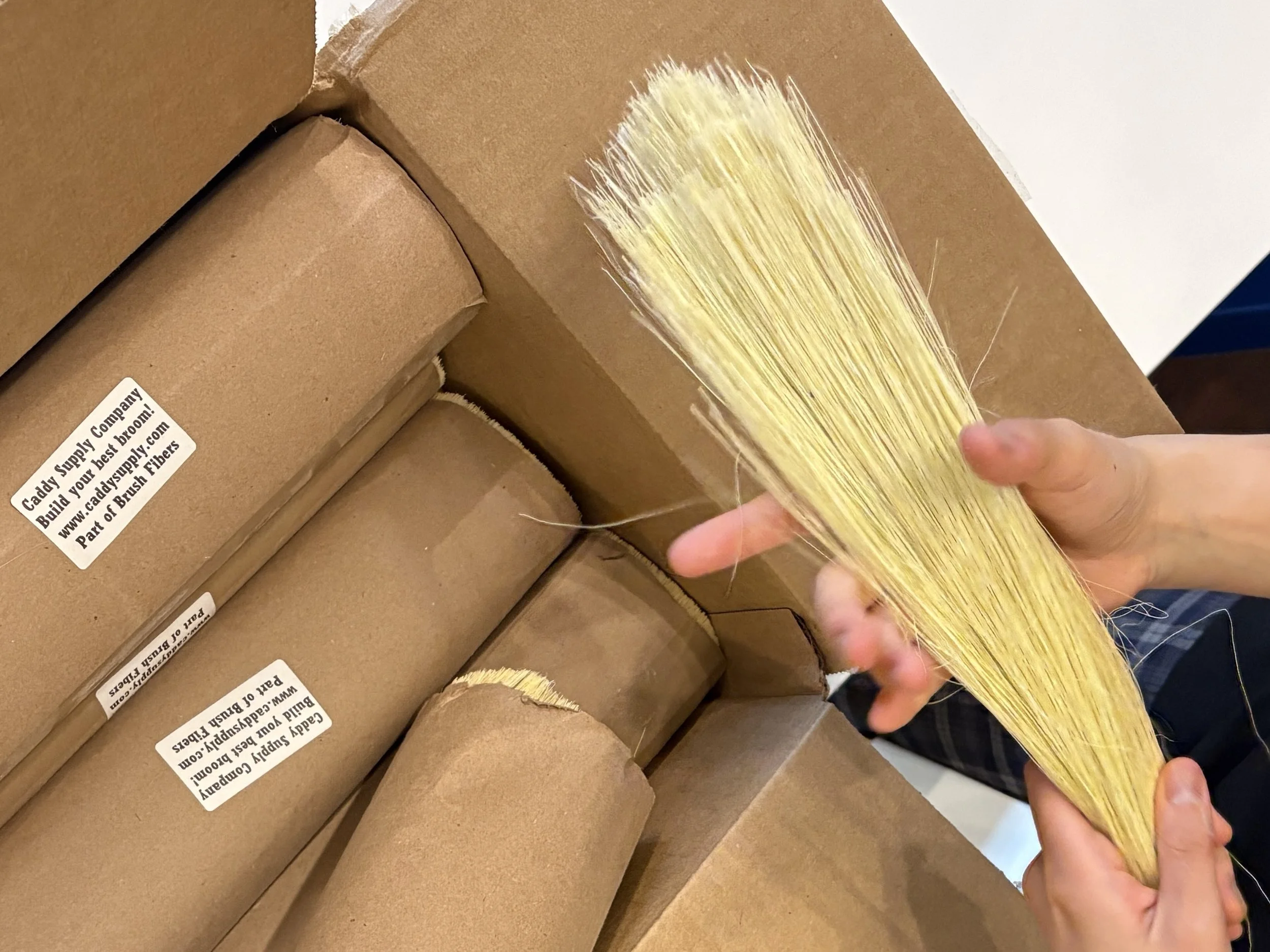
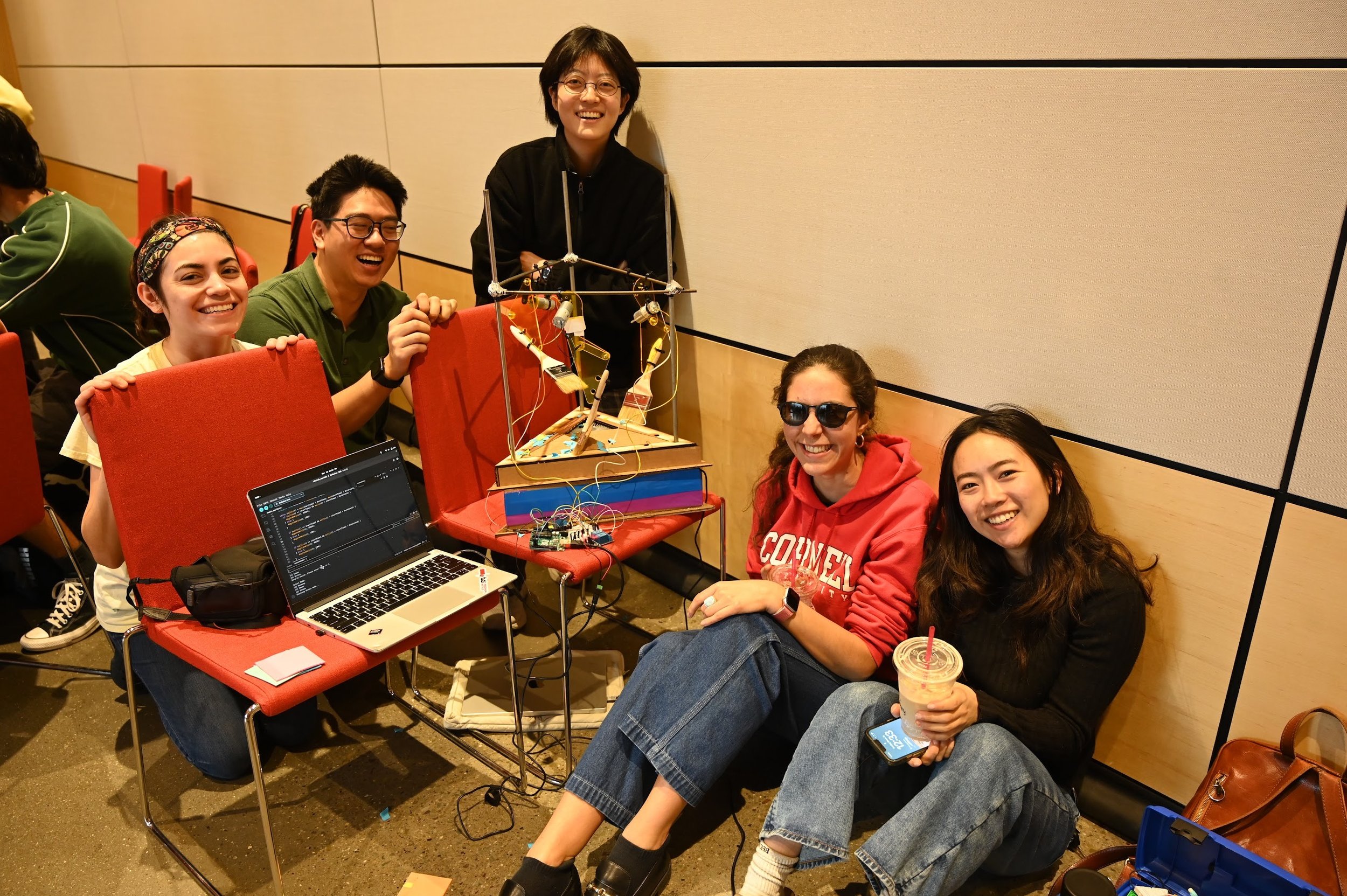
05 Switch-Adapted Drawing Machine
Synopsis: Building on the switch-adapting work I've done over the past year as a TOM fellow, I'm now creating a switch-adapted drawing machine which serves as an adaptive toy for children without fine motor skills. Working with faculty and students at The Watson Institute, we've developed a prototype drawing machine for students to use in art class and other creative contexts. The device can manipulate a user-supplied drawing implement to draw a user-selected line drawing, at a user-selected scale, in a user-selected location on a sheet of paper. All user inputs are switch-adapted for accessibility.
Next Steps: We're about to start user testing with students to make sure it actually works well for them. I'm also working on documentation and tutorials so other people can build these machines.
Team: Kimberly Blacutt, Audrey Reiley, Robert Zacharias
